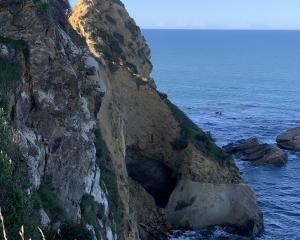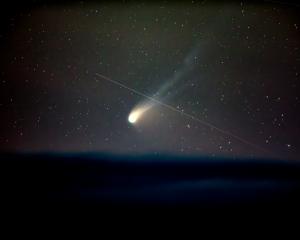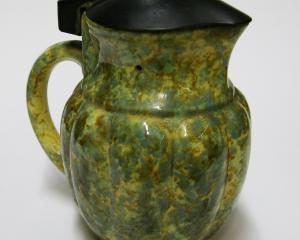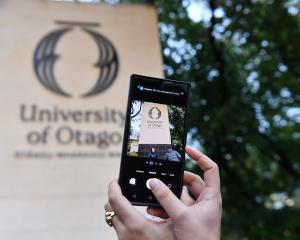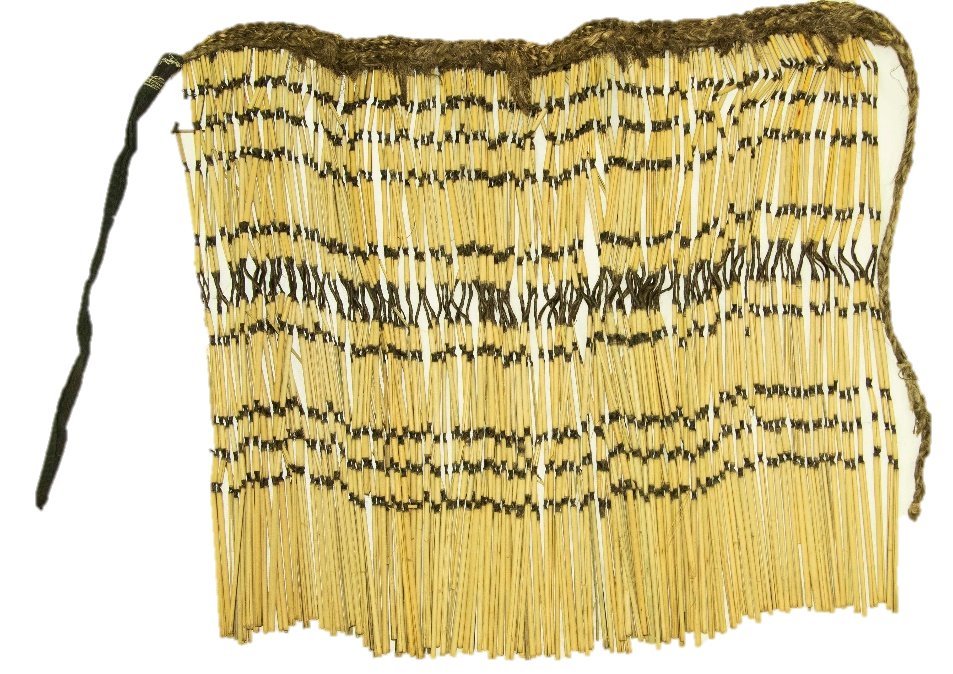
Returning precious treasures has become the work of museums, Lana Arun writes.
Earlier this year, a taoka piupiu that had been in a whanau for many generations, found its way home from Otepoti Dunedin to Mokau, Waikato, under the kaitiakitanga (guardianship) of Ngati Maniapoto, Ngati Tama and Mokau Museum.
In the past, taoka (treasures) travelled during their lives, moving through the hands of generations of whanau, sometimes ending up far from their homes. In more recent times, descendant whanau, recognising the cultural importance of the taoka, have sought out appropriate housing and care.
Many of these whanau feel that they are not the rightful owners, but are unsure of the way forward. This has resulted in many of these taoka finding their way to museums, where they have eventually been offered as gifts to museum collections.
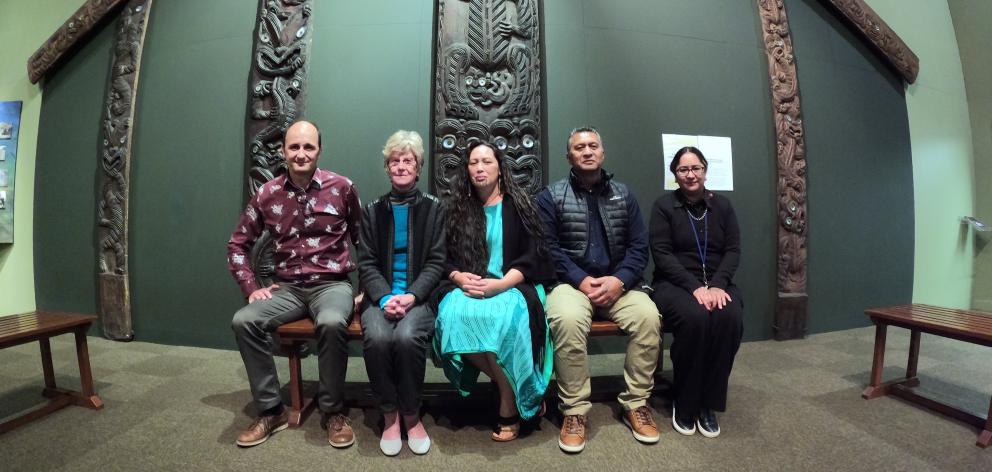
In the past we would have been happy to accept these taoka. However, museum practices are changing and greater importance is placed on returning taoka Maori to their original communities.
When these taoka are brought to us, we consider what they are, who they connect to and how we can help get them home.
Having started at Tuhura Otago Museum ayear ago, part of my mahi (work) has been working on repatriations of taoka. The first one I actioned was a piupiu (skirt).
A piupiu can either mean a ‘‘skirt-like garment which goes from the waist-to-knees (noun)’’, or to ‘‘move to and fro’’ (verb).
Piupiu are made from harakeke(flax) or wool and plastic, and have a wide waistband, which can be woven or plaited. The strands hang loosely, so they can move to and fro.
Piupiu can be used as awaist or a shoulder garment, and are worn by men, women and children.
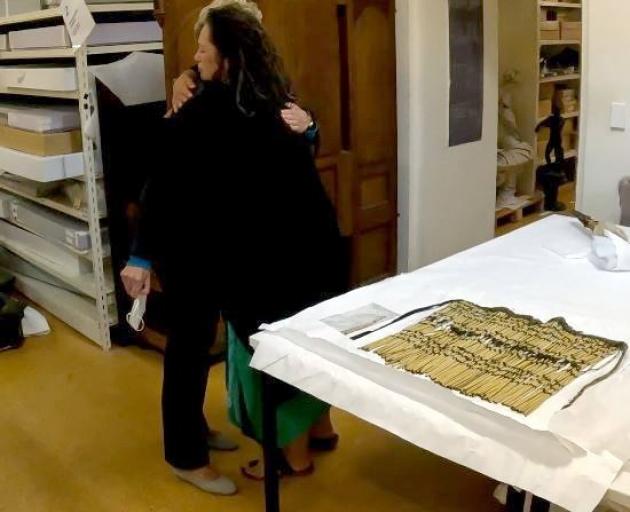
Modern day use of piupiu includes in costumes for kapa haka performers.
This piupiu was made from harakeke, and the strands have been dyed black. The waistband has been created through whiri (plait), and the ties are in a three-ply plait. One of the ties on the piupiu has been replacedwith a fabric tie.
Ngaire van Midden offered the piupiu to Tuhura Otago Museum for its cultural relevance to our taoka Maori collection, and for educational purposes in 2020.
The story of how the piupiu became apart of Ngaire’s whanau, was that one of her ancestors was a doctor in the early 1800s. This doctor saved the life of rangatira (chief) Te Rerenga Hone Wetere’s son from pneumonia, in Mokau.
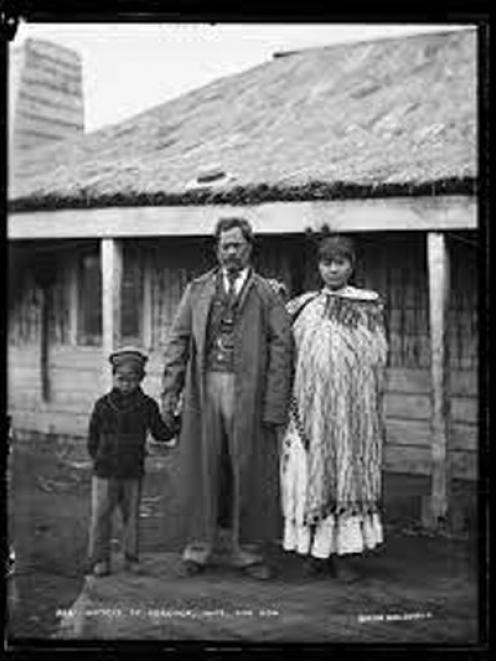
Te Rerenga gifted a piupiu, and other taoka, including whenua (land) to the doctor in gratitude.The name of the doctor is unknown, but in Ngaire’s words, ‘‘Following our meeting in April, I have a renewed interest in our family history and look forward to discovering more as time goes on.’’
Because the piupiu had a detailed provenance, we thought that rather than accept the piupiu into the museum’s collection, we could try to reconnect the piupiu with its original whanau in Mokau.
We contacted the museum in New Plymouth, PukeAriki and this led us to contact Rae-Hinerau Wetere and Moewai Aterea, the poutakawaenga cultural support advisers for Mokau Museum. They both felt that it was only right for the piupiu to return home. Excitingly too, we discovered that Rae-Hinerau is a descendant of Te Rerenga Hone Wetere and his first wife, Mere Neha.
In April, Rae-Hinerau and her hoa tane (husband), Hone Tipene, came down to Otepoti, with the support of Ngati Maniapoto, Ngati Tama, Mokau ki Runga RMC, and the Mokau Museum board, and we organised a mihi and a lunch with Ngaire.
Ngaire brought with her a collection of family photo albums, and they spent the time looking over these photos looking for family connections. Ngaire gave these photograph albums to Rae-Hinerau and Hone to take to the Mokau Museum for them to use for their research, as well as the piupiu.
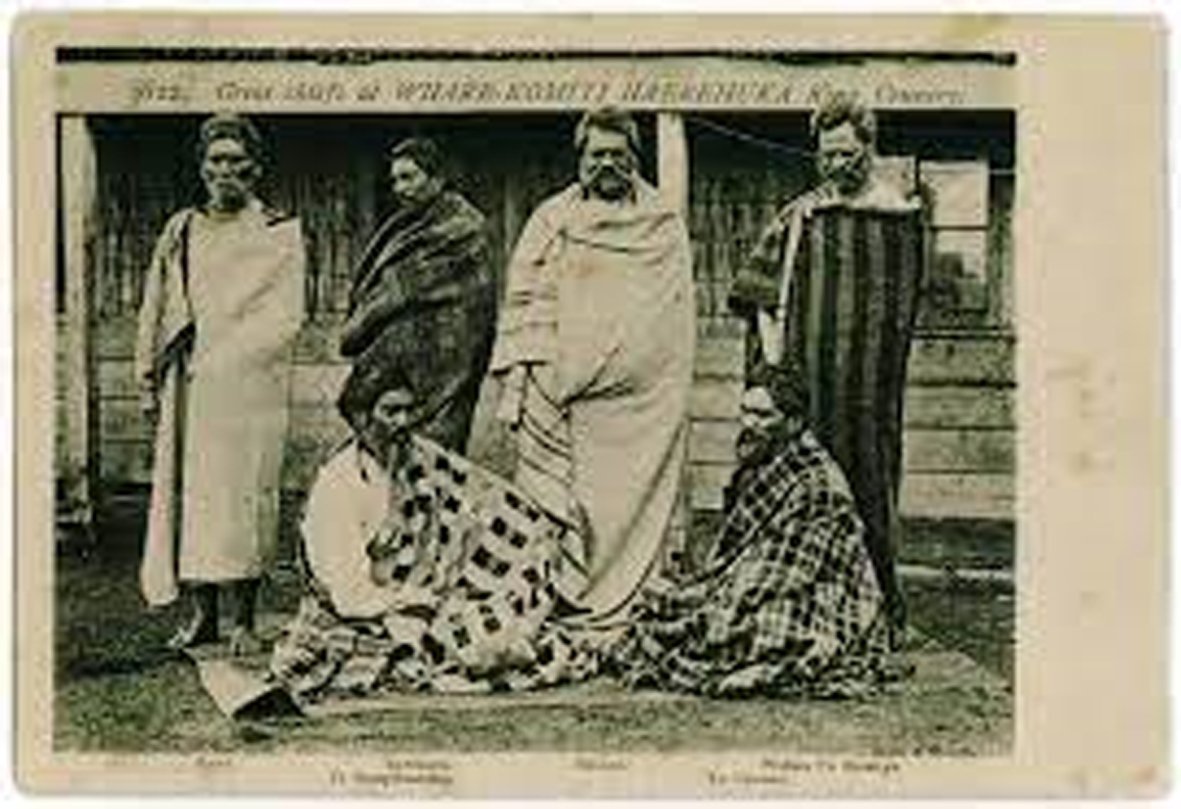
This meeting saw a great unfolding of family histories, and it was lovely seeing the piupiu being so treasured by the whanau, as well as seeing the newly connected relationships being made in this generation. This taoka piupiu will rest in the Mokau Museum under the care of Te Rerenga’s mokopuna (grandchildren).
Our curator Maori, Gerard O’Regan, is hopeful we will do more of this mahi. Our future projects include facilitating the return of kohatu (stone) taoka, which includes toki (adzes) and a hammerstone back to Murihiku (Southland), and a tokotoko (walking stick) back to Kaiwaka, Northland.
Lana Arun is assistant curator Maori, Tuhura Otago Museum.



